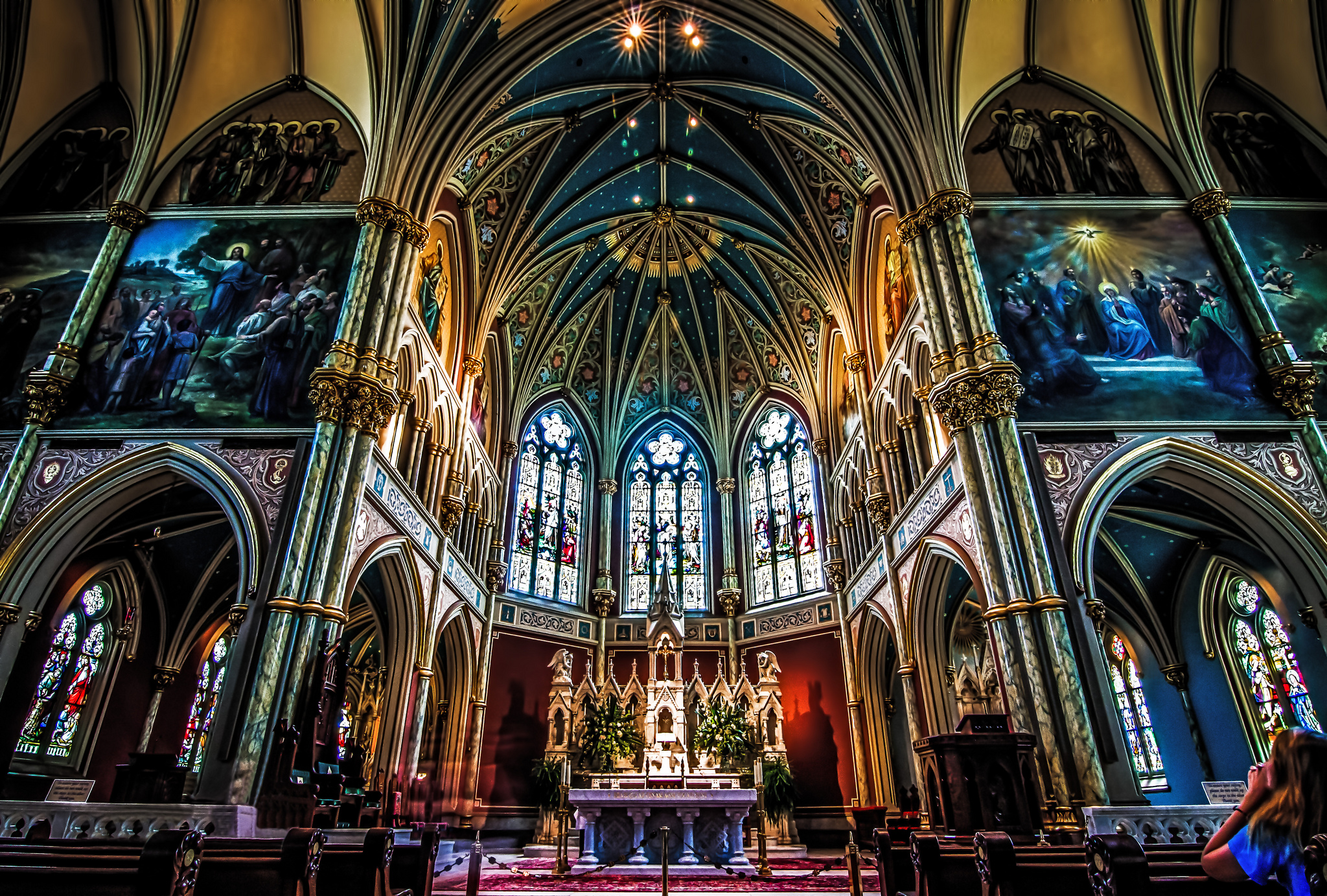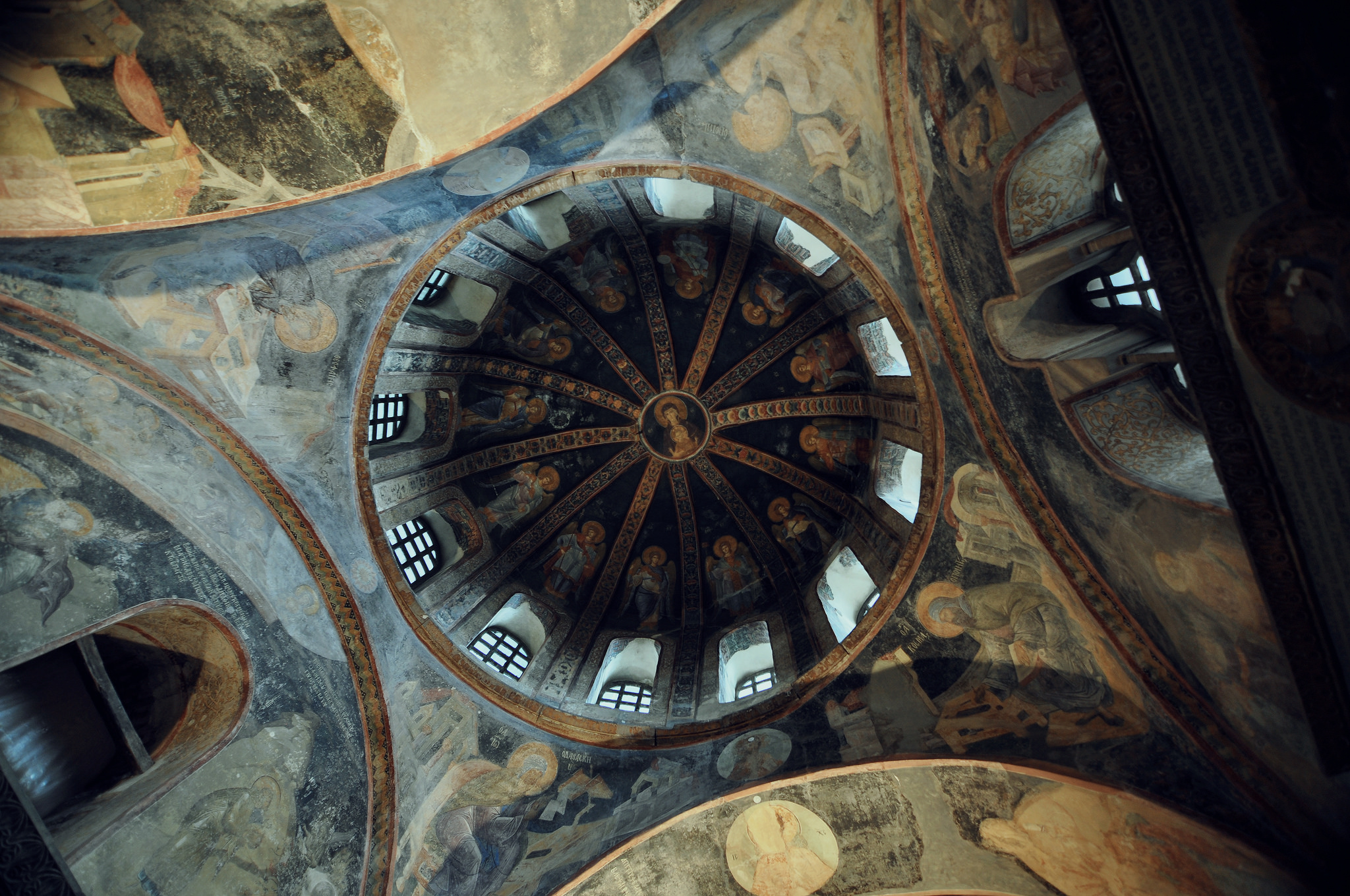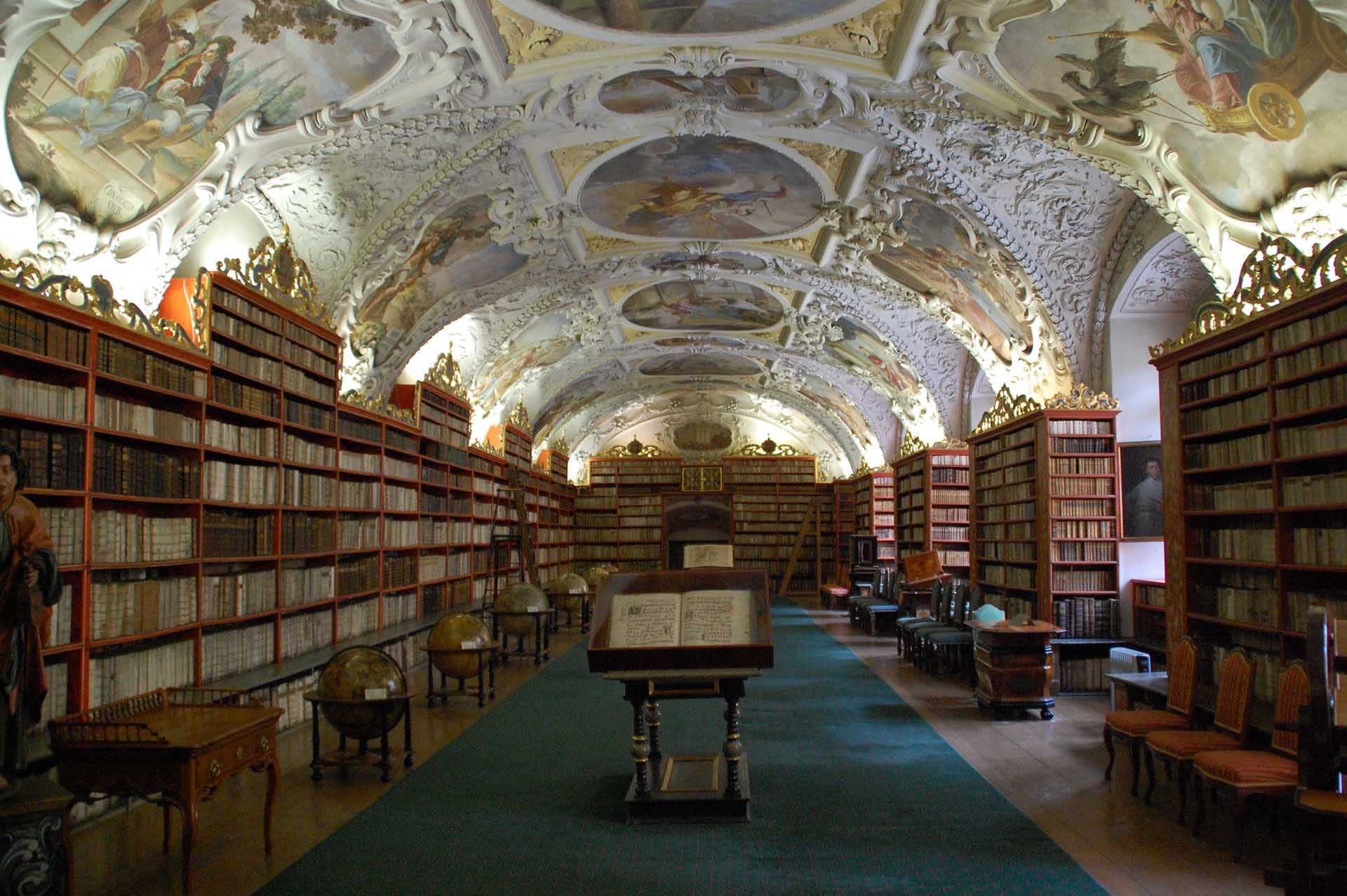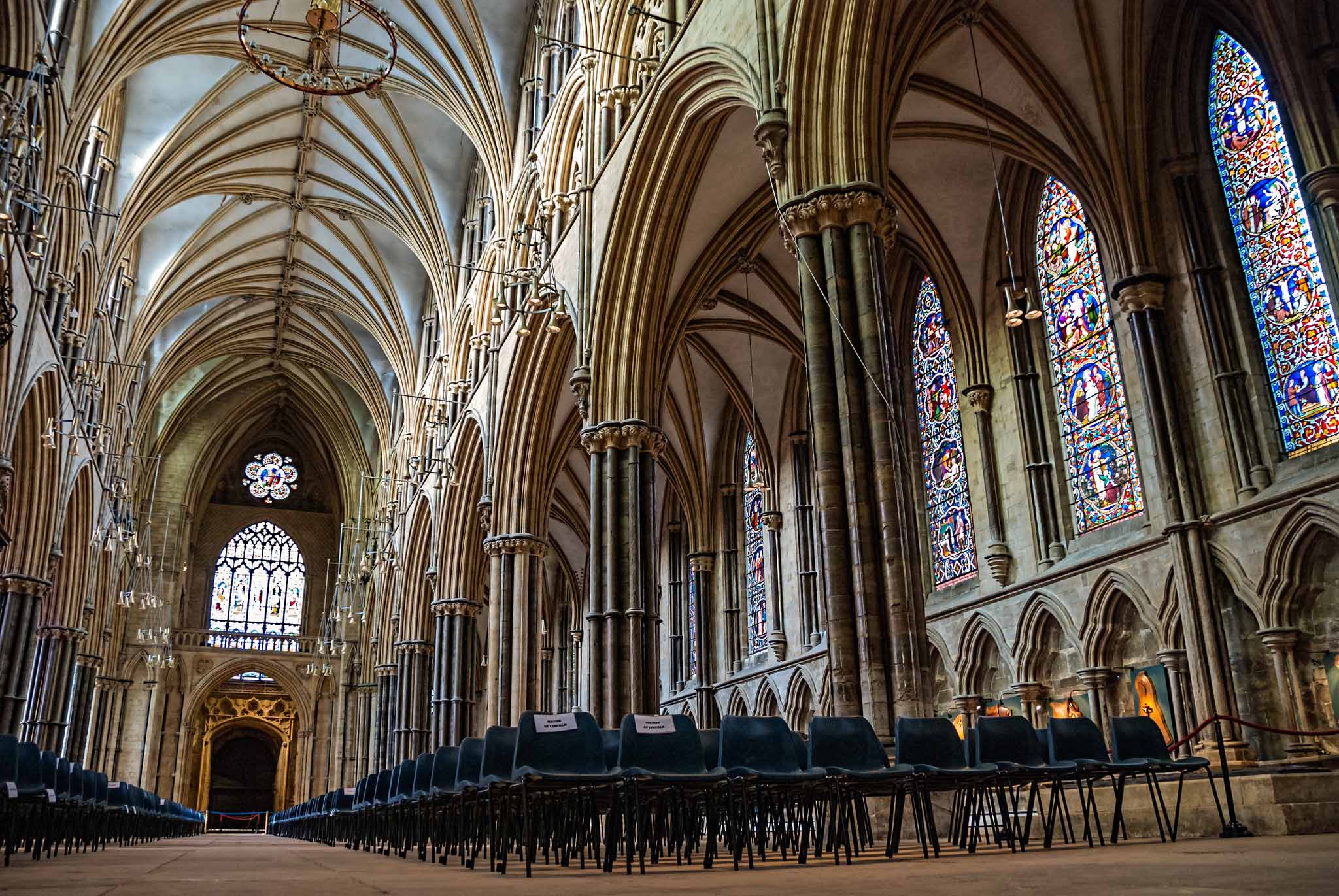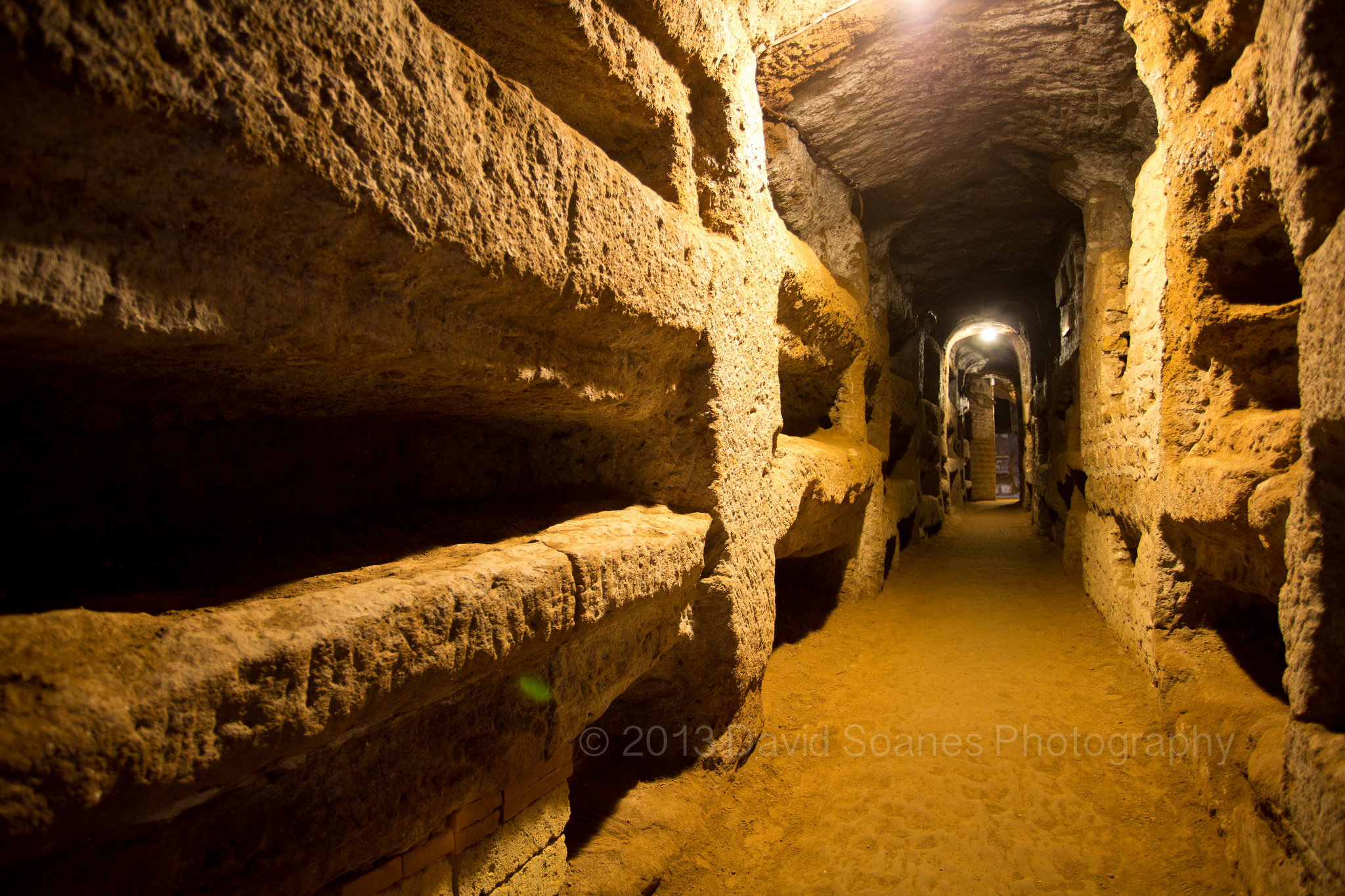God Is on the Field When He Is Most Invisible (Fr. Faber)
+ Immaculate Heart of Mary, Aug. 22, 2017 +
As I look out each morning on the quiet country landscape where I live, it is hard to believe there is so much insanity assailing us from every side. I would panic perhaps, seeing how it is increasing daily and destroying our way of life if I didn’t know what Christ and his saints and holy people have predicted for the end times.
It has been a long time since I have posted to this blog. Sometimes life intervenes to such an extent it is all one can do to cope from day to day. And yet nothing lasts forever, although it certainly does not get any easier as the “golden years” progress. I am glad to have lived in a time where it was possible to believe just a little that things would soon get better and reverse themselves. It meant for families that there at least was hope for their children.
Today those children face a bleak existence in many cases, with little hope at all of things getting better and a great deal of fear they will only get worse. Almost daily I hear in my email, from my own children, from the suffering elderly, from those newly enlightened, “When will this end; why has God forsaken us?” And indeed Our Lord asked this of His own Father as He hung on the Cross.
And so when I read these words from Henry Cardinal Manning, I knew I must pass them on, to bring at least a little solace to those who are suffering so in this world gone mad. I hope and pray that it brings some peace to troubled hearts.
Help Nearest When Need Greatest
(Excerpts from a sermon preached to the English Synod of Oscott by Rev. Henry Edward Manning, 1852, on the feast of St. Edward the Confessor.)
God was with them in the wilderness: they pressed upon the Divine Presence, though they knew it not. The Omnipotence by which the world was made was with them; and in the hands of the Word made Flesh… What have we here but the shadowing forth of some deeper mysteries? Though the scene lies in the common course of our Lord’s earthly life, yet all His words and works are charged with a profounder meaning. The Son of Man in the wilderness, a fainting multitude, a miracle of compassion on their natural hunger, this we see before us. But there are here greater things than these. The natural order passes into the supernatural, and the whole becomes a symbol and a parable of the Kingdom of Grace. Jesus, the disciples, and the multitude, set forth to us the new creation of God, the Head and the Body; the Church ministering and ministered unto; the whole continuous dispensation of Grace, its fountain and its channels; its sacramental action, its manifold unity of elements, earthly and heavenly, human and divine. This miracle, then, has many lessons for our instruction and encouragement… It is a divine pledge to us that the compassion of the Son of God is ever upon His Church.
From the throne of His glory He watches over the multitude who still follow Him in the wilderness of this evil world. The whole Church throughout all the earth is before His gaze and the sufferings and sorrows of every soul are present to His care. The Sacred Heart of Jesus has not withdrawn its compassion with His visible presence. It is enthroned at the right hand of God; but it is yet with us. “We have not an High Priest who cannot have compassion on our infirmities, but was tempted in all things like as we are, without sin.” There is no depth of human trial which He has not tasted, no suffering in which He has not a share. “It behooved Him in all things to be made like unto His brethren, that He might become a merciful and faithful High Priest before God, that He might be a propitiation for the sins of the people. For in that wherein He Himself hath suffered and been tempted, He is able to succour them also that are tempted.” The compassion of the Sacred Heart of Jesus is ever present in every place. It flows throughout the Church. It has poured forth its divine tenderness through all successions of time. It is the fountain of all ministries of consolation in providence and in grace.
And this leads us to another truth taught us by the miracle in the wilderness; namely, that not only is the compassion and the omnipotence of the Son of God always with His Church, but that, when season and time are ripe, He is ever near to interpose in its behalf. It was not on the first, nor on the second day, but on the third, that He fed the hungering- multitude. He interferes, not when man’s expectations demand, but when His own time is full. There seems to be a divine jealousy in the acts of His omnipotence. He alone can do them, and He will do them in such time and way as that all may know the event to be His work. He loved the Church, and delivered Himself up for it. “His own hand will work for it, and will not leave the issue of its trials in any other. The whole career of the Church verifies this law. For what is it but a series of conflicts and victories, or straits and deliverances, of last extremities and almighty interpositions?
The whole history of the Church is one endless struggle: heresy against truth, schism against unity, the world against God’s kingdom. From age to age we see the finger of His special providence interposing at the last hour of need. When men have thought all hope gone, when all human help has been in vain, and all earthly foresight baffled, when looking on each other they have said, “From whence can anyone fill them here with bread in the wilderness?” then, and not till then, His destined time is come… When our divine Lord promised to the head whom He had chosen for His earthly kingdom, that the gates of hell should not prevail against it, did He not thereby prophesy that they should storm upon His Church? When He said,” Simon, Simon, behold Satan hath desired to have you, that he may sift you as wheat; but I have prayed for thee, that thy faith fail not,” did He not foretell the trial and the victory? And are they not perpetual both, the prophecy and the promise, fulfilled and fulfilling through all the course of the Church even to this day?…
With schisms through three weary centuries came every form of error and with error contradictions, doubts, and controversies; and now the minds of men seem to have lost perception and earnestness for truth as truth. Each claims his own view and is content. No matter who may err, or how deeply, so that each be free to choose. Not this or that doctrine of Christian intelligence, the food of the soul, has suffered this dishonour; not this or that article of the Creed, but the principle of faith, the divine foundation of belief,
has been uprooted. The great wound of England is loss of faith in the divine reality of objective truth.
It is the head and the heart that have suffered. Indifferentism has stunted and impoverished both. When the Church ceased to teach, men began to opine. Opinion became the ultimate rule of faith. I am not speaking only of freethinkers and sceptics, whose light philosophy derides the belief that Revelation is an object definite and positive, spread before the reason as the firmament before the eye. Such speculators, indeed, know no truth but the veering shadows and states of their own mind. In them a carelessness for truth is no wonder, and less cause of fear. But there is a wound which has struck deeper into our people. It is the forfeiture of faith, even among the better and the truer; a disbelief in any divine tradition which alone has objective certainty and therefore in the perpetual presence of a Teacher sent from God … thousands wander benighted without a guide. They have been taught to believe that no such Teacher or tradition now exists; that God has not provided for man a certain knowledge of His truth…
But was it Protestantism that gained what faith lost? Far from it… Sin, worldliness, indifference, unbelief, practical atheism, all alike were gainers, but little else. As the Church grew weak … the powers of truth and right, the influences of the unseen world, were weakened too. So ran on the seventeenth and eighteenth centuries, till the Catholics of England were numbered only by thousands, all but absorbed in the mass in which they lay concealed. Then was the crisis full, and the hour to work was come. The Lord came; He stood in the wilderness. Once more the creative power of grace passes from His hands, multiplying the little that remained; reproducing what was once destroyed, covering again with His presence the land so long wasted and bare; pastors and flocks, sanctuaries and altars, families of religious, men and women…
Nothing shall be lacking in the hour of need; for the Multiplier is there. All things do Him service; even those that resist Him, in resistance do His will. For three hundred years the empire of old Borne strove to put out the Truth; for three hundred years, in every city and province of its mighty sway, the praetor and the lector, the axes and the rods, wreaked their worst upon the Faith. For three hundred years all the conscious influence of Koine was bent in one aim to destroy the Church of God, but all the while its unconscious influence, even without its knowledge and against its will, wrought for the Name of Jesus. It confirmed His kingdom upon earth. Through all the Church still stood, expanding in calmness and in power, molding to itself the framework and the substance of the empire. It had united all nations, that the Church might penetrate mankind; it had proclaimed silence in the earth, that the infallible voice might be heard; its fleets and armies opened land and sea for the passage of evangelists; its roads and commerce laid the world together ; its laws protected the faithful, its cities were Apostles’ thrones. So shall it be again. Let us fear nothing but mistrust.
We need but faith, and faith too is a gift of God. He is with us in His compassion and His omnipotence. The Lord is come into our wilderness, and the hour to interpose is nigh. Though the line of St. Augustine be broken, and his See without a name; though the saints of our Saxon land seem left without offspring or inheritance, St. Alban and St. Bede, St. Edmund and St. Thomas, shall yet have sons as princes in all lands. The land that was desert and impassable shall be glad, and the wilderness shall rejoice and shall flourish like the lily. It shall bud forth and blossom, and shall rejoice with joy and praise; the glory of Libanus is given to it the beauty of Carmel and Sharon; they shall see the glory of the Lord and the beauty of our God. Strengthen ye the feeble hands and confirm the weak knees. Say to the faint-hearted: “Take courage and fear not: behold your God will bring the revenge of recompense; God Himself will come and save you.”
